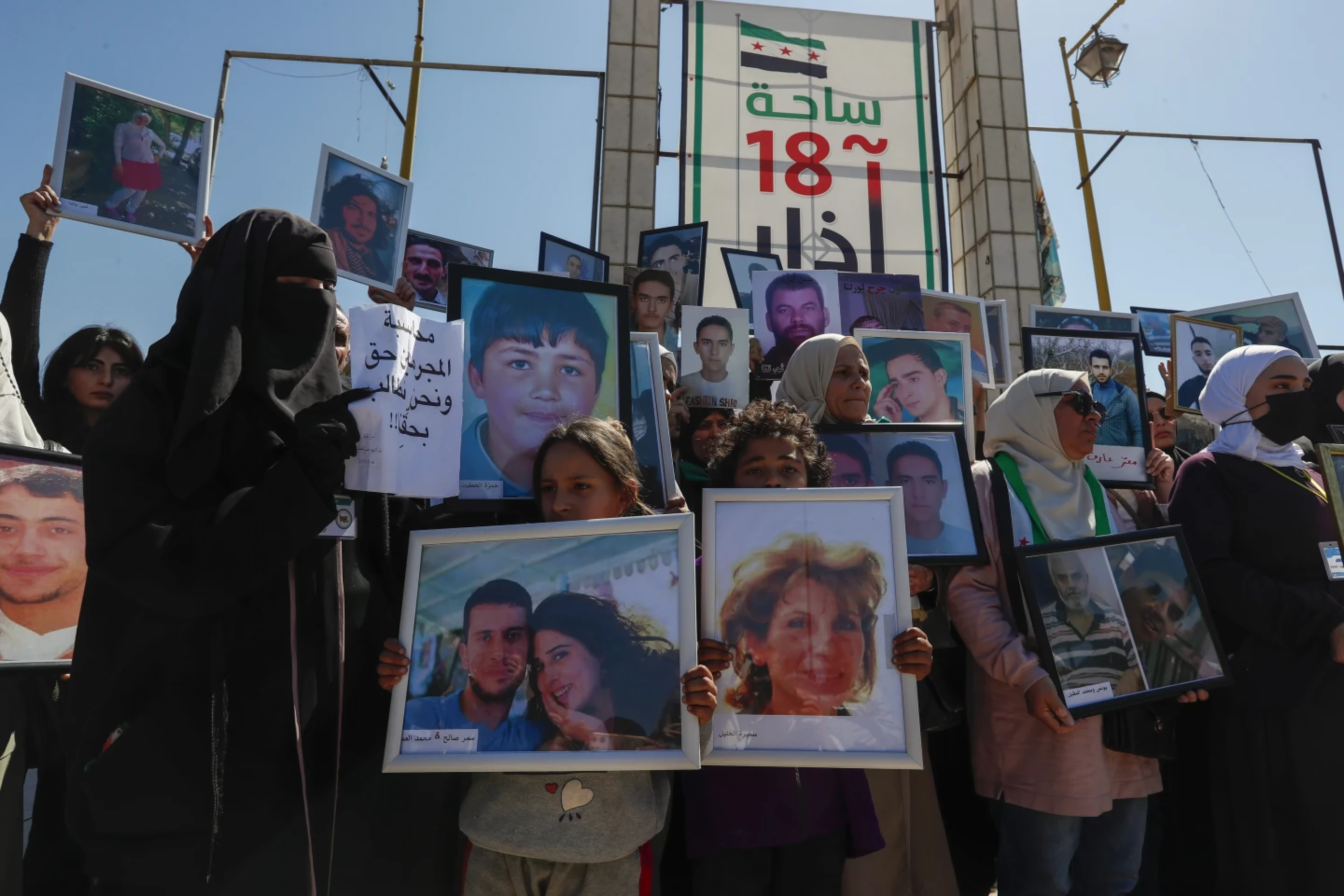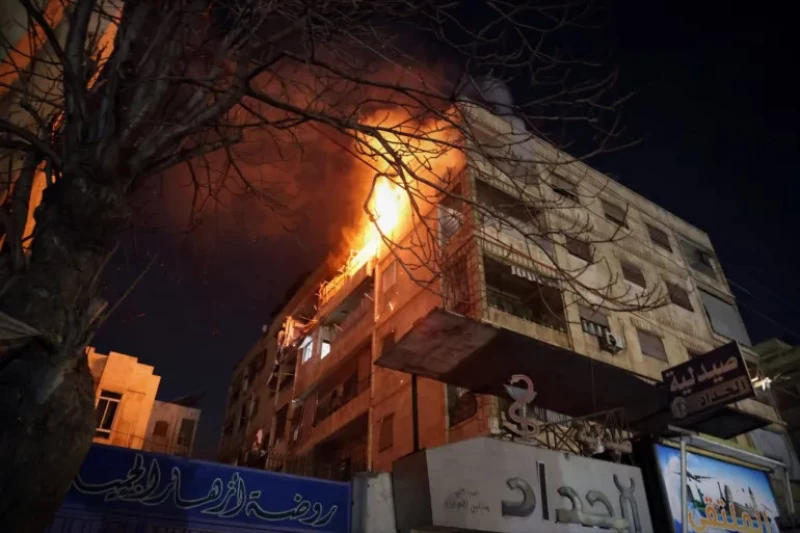ERBIL, Kurdistan Region of Iraq - Nearly 100 people have been abducted in Syria since January, the UN reported Friday, adding that fear and threats prevent many from reporting cases, making it difficult to document.
The numbers of abductions under the new leadership adds to a tally of over 100,000 people who went missing under the former Bashar al-Assad regime, prior to his ouster in December by a rebel offensive spearheaded by Hay’at Tahrir al-Sham (HTS) led by current President Ahmed al-Sharaa.
“11 months since the fall of the former government in Syria, we continue to receive worrying reports about dozens of abductions and enforced disappearances, in addition to the more than 100,000 people who went missing under the Assad regime,” spokesperson for the Office of the United Nations High Commissioner for Human Rights (OHCHR) Thameen al-Keetan told reporters in Geneva.
Keetan noted that many people are still cautious to report abductions to the UN as they are scared for their loved ones, which makes it difficult to document.
“One of the main challenges for our office is that, especially when we're talking about abductions and disappearances, is that people are frightened to speak. Some people have said that they have been threatened if they would speak to us,” he said.
“We [still] have managed to document at least 97 people who have been abducted since January 2025,” he added.
The spokesperson explained that most abductions happen during violent times, which have occurred in Syria’s minority areas several times since the fall of Assad’s regime, sparking criticism of the new authorities in Damascus for failing to protect them. However, Keetan said abductions still occur even after the violent sprees have ended.
“Of course, we can imagine that many of the abduction cases occur during violence events, such as the ones that happened on the coastal areas and in Suwayda, but we still receive reports of abductions happening up until the present time in Syria, So I do not have an exact timeline of that,” he noted. “What I know is that we are still receiving reports of abductions going on in Syria.”
In March, the coastal Alawite-majority region experienced significant clashes. Armed groups, many loyal to the ousted president Bashar al-Assad, an Alawite himself, attacked forces allied with the new government, prompting a military response from Damascus.
At least 1,700 people, mostly Alawite civilians, were killed in the attacks, with many deaths attributed to the Syrian government and its allied forces, according to the latest toll from the Observatory, the event was followed by a similar purge in the Druze heartland of Suwayda shortly after.
In October, a 13-year-old boy was kidnapped in the coastal Latakia city, leading to widespread protests in the area.
The Syrian Observatory for Human Rights (SOHR) at the time, warned that the surge in kidnappings in Alawite-majority areas “threatens to repeat scenes of fear among both parents and students alike” amid a lack of effective security measures.
In July, the SOHR documented over 1,600 deaths in the southern Druze-majority Suwayda as a result of clashes between the Druze and Damascus-backed Bedouin tribesmen.



 Facebook
Facebook
 LinkedIn
LinkedIn
 Telegram
Telegram
 X
X


